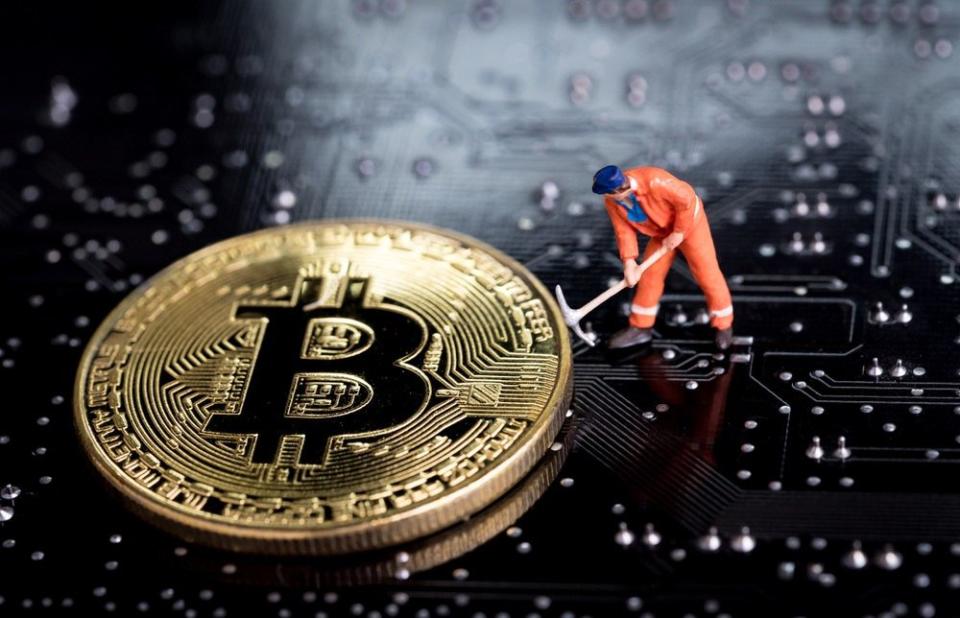Bitcoin Surged 10x After 2016 Halving; Will 2020 See a Similar Result?

By CCN: In about every four years, the Bitcoin blockchain network experiences a block reward halving, a mechanism that reduces the rate in which new bitcoin is generated or mined by miners.
The block reward halving has typically served as a key fundamental factor behind the dominant cryptocurrency’s major rallies.
Price one year before first halvening : $2.55
Price one year after first halvening : $1,037Price one year before second halvening : $268
Price one year after second halvening : $2,525Price one year before the third halvening: $7,100
Price one year after the third halvening:— The Rhythm Trader (@Rhythmtrader) May 17, 2019
From July 2016 to 2017, within a year following bitcoin’s block reward halving, the bitcoin price spiked by nearly 10-fold from $268 to $2,525. In previous years, the asset similarly saw large gains subsequent to the halving.
Will bitcoin continue to surge throughout 2020?
The past performance of an asset does not serve as a guarantee for the future performance of the asset. As such, merely because bitcoin saw substantial gains in previous years triggered by a particular factor, it does not definitively guarantee that the asset would increase by a similar rate in the future.
However, the block reward halving of the Bitcoin blockchain network poses a significant impact on the rate in which bitcoin is generated and supplied to the market.
If the demand for the asset remains the same or increases over the medium- to long-term but the supply of the asset decreases, it may reasonably cause the value of the asset to spike.

